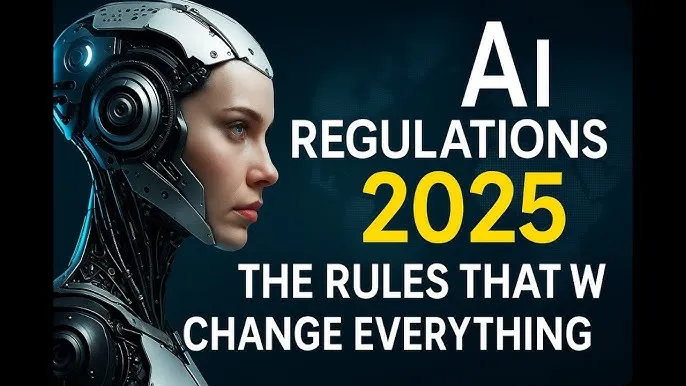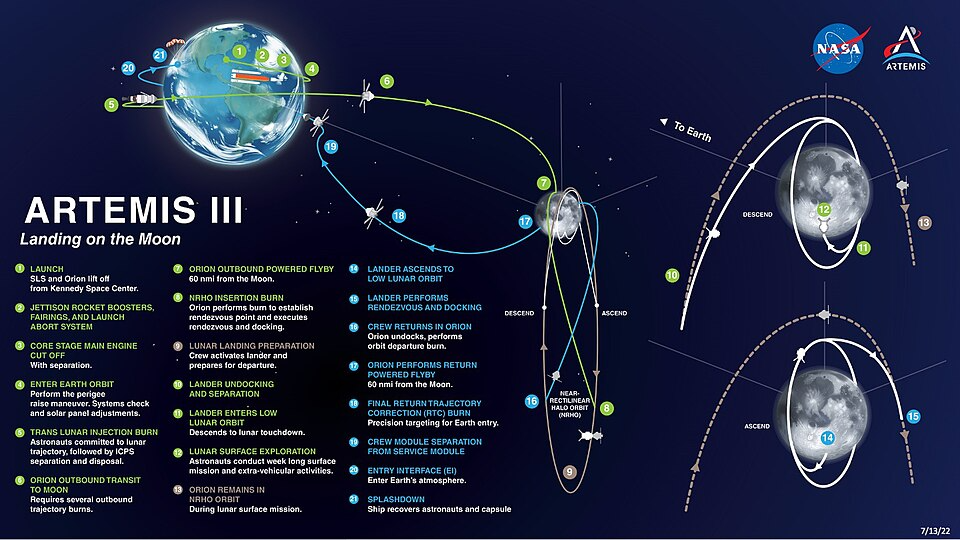For years, policymakers talked about the risks of artificial intelligence bias, misinformation, safety but concrete rules always felt just out of reach. That’s changing in 2025. In the span of months, the EU’s AI Act has begun rolling out, the UK is testing a pro-innovation AI regulatory model, and the U.S. has advanced multiple federal frameworks. Together, these moves signal something important: AI regulation is no longer a “future debate.” It’s here, and it’s reshaping how innovation will unfold on both sides of the Atlantic.
The EU’s Heavy Hand-Or First-Mover Advantage?
The EU’s AI Act remains the most comprehensive attempt at regulating artificial intelligence globally. Its risk-tier system banning some high-risk uses, heavily scrutinizing others will likely set a de facto global standard, just as GDPR did for privacy. Critics say it could stifle startups by piling on compliance costs. Supporters argue it gives citizens trust and companies clarity. In practical terms, EU firms now need compliance teams almost as much as data scientists.
The UK’s Middle Path
The UK has tried to brand itself as a pragmatic regulator, avoiding sweeping laws like the EU while resisting the U.S. “wait and see” approach. Its AI Safety Institute is publishing evaluation results, but companies are not yet bound to specific rules. This flexible approach is meant to attract investment but there’s a risk: without enforceable guardrails, harmful uses could slip through until too late. Still, if done right, the UK could become a hub for AI testing and certification before broader adoption worldwide.
The U.S. Catches Up
America has long lagged in AI regulation, relying on state or sectoral laws. But 2025 feels different. Federal agencies are piloting AI risk management frameworks, the White House is pushing a national AI trust framework, and Congress is debating legislation with bipartisan backing. It’s not the sweeping vision of the EU, but it represents momentum the U.S. hasn’t had before. Combined with huge corporate investments, these early frameworks could steer U.S. innovation without crushing it under compliance.
Why This Moment Matters
Regulation shapes innovation. Startups and big firms alike need to know what’s legal, what’s risky, and what standards apply. Without rules, investment is uncertain. With too many, innovation slows. The balance struck in 2025 will define whether AI accelerates responsibly or whether we see either reckless rollouts or overregulation that stifles progress. What happens this year sets the tone for the next decade.
The Risks of Fragmentation
One big challenge is fragmentation. The EU, UK, and U.S. are all moving but not in the same direction. Companies building AI tools globally will face three very different regulatory regimes. That could increase costs and slow adoption, or push firms to choose one “home market” and deprioritize others. Long-term, either interoperability emerges, or regulatory conflict will limit global reach.
The Bigger Picture And What’s at Stake
For ordinary people, the stakes are high: how AI shapes hiring, healthcare, policing, and everyday digital life. Rules made now determine whether AI becomes a trusted assistant or an unregulated risk. For governments, it’s about balancing citizen rights with global competitiveness. For companies, it’s the thin line between being first to market and being first to court over lawsuits.
My Take
I think 2025 will be remembered as the year AI regulation stopped being theory and started being practice. The EU may frustrate companies with its paperwork, but it’s setting a global benchmark. The UK is gambling on agility, but that agility must still protect people. The U.S. is finally realizing that innovation without trust is unsustainable. The sweet spot is somewhere between these approaches. If leaders get it right, AI can transform society in ways that feel empowering rather than threatening. If they get it wrong, we risk repeating the mistakes of social media only at AI speed.






